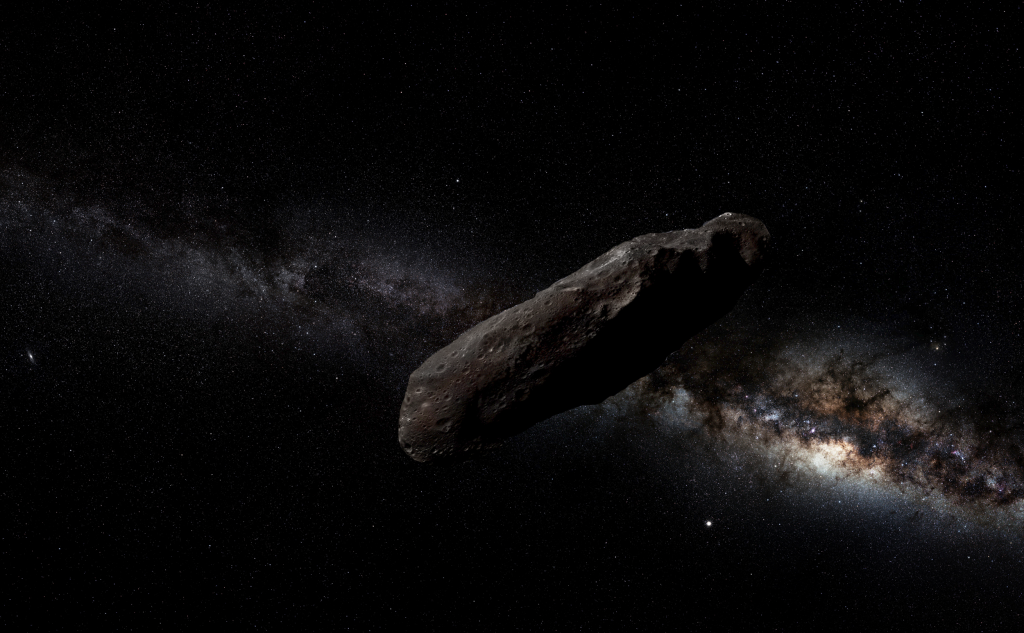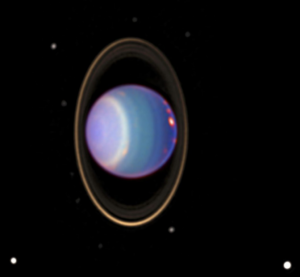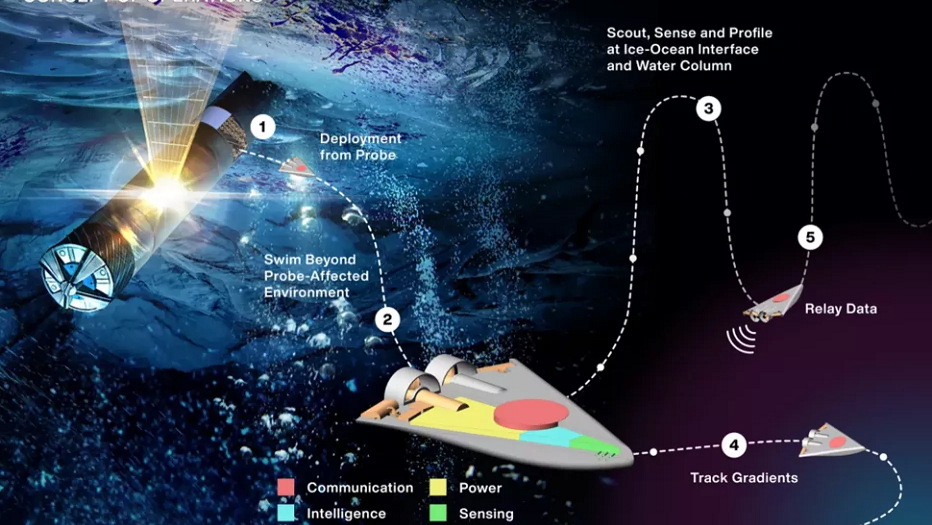
It was only a few years ago that astronomers discovered the first asteroids and comets of interstellar origin in our solar system. Now a model study suggests that such extrasolar chunks are by no means rare. The Oort cloud, the distant reservoir of icy comets at the outer edge of our solar system, could even contain more interstellar objects than those that were formed in our own system. Overall, around one percent of all carbon and oxygen in the Milky Way could also be contained in interstellar lumps.
It has only been clear for a few years that our solar system is regularly receiving visitors from outside. In autumn 2017, astronomers observed a cigar-shaped object that flew past the sun at high speed and then disappeared again into the depths of space. The evaluation of the observation data only allowed one conclusion: The chunk named “Oumuamua” was of interstellar origin and was only passing through our solar system.
In 2019, researchers discovered a second interstellar guest. This time, however, it was a comet consisting largely of ice, as evidenced by the tail-like outgassing and the breaking off of a piece. More detailed analyzes of the interstellar comet, baptized 2I / Borisov, also showed that its material showed no traces of an earlier nearby star passage. The flyby of the sun could therefore have been its first flight through the vicinity of a star.
The observation of these two “travelers” raises the question of how frequent such interstellar visitors are, and also how many of them may have come into the sphere of influence of our star in the early days of the solar system. According to popular theory, our sun was formed together with other stars in a common gas cloud. The density of the young stars and the gravitational interactions caused by them could have led to the fact that celestial bodies from the outer area of the accretion disks around the young stars were more frequently deflected and ejected into interstellar space. As a result, there could be far more interstellar chunks than long thought.
Based on these considerations, Amir Siraj and Avi Loeb from the Center for Astrophysics at Harvard & Smithsonian (CfA) calculated how many interstellar visitors and permanent guests could hide in the vastness of the Oort cloud. For their model, Siraj and Loeb started from the features and trajectory of comet 2I – Borisov as well as from what is known about the Oort cloud and the behavior of its “inhabitants”. This reservoir of long-period comets and other icy chunks begins at more than 2000 times the Sun-Earth distance and could extend up to 1.6 light years. This means that this bowl-shaped zone is not only huge, it is also located in an area in which the solar gravity is much weaker than it is further inside.
From their model calculations, the two astronomers conclude that this distant zone could be marked more strongly by traveling interstellar objects than previously assumed. “There could be substantially more visitors,” said Siraj. Specifically, they determined that the number of interstellar chunks probably exceeds the number of native objects in the outer part of the Oort cloud.
Source: Monthly Notices of the Royal Astronomical Society Letters, doi: 10.1093/mnrasl/slab084






This is an interesting website!
Alien ship from Uranus
Wow, fantastic weblog format! How lengthy have you been blogging for? you made running a blog look easy. The total look of your web site is fantastic, as neatly as the content material!
Hello outstanding blog! Does running a blog such as this require a massive
amount work? I have absolutely no knowledge of
computer programming but I had been hoping to
start my own blog in the near future. Anyway, if you have any suggestions or tips for new
blog owners please share. I understand this is off topic however I simply needed to ask.
Cheers!